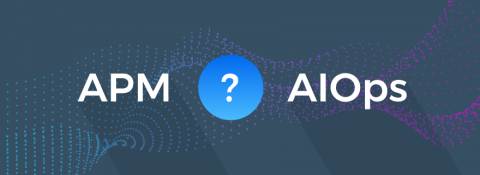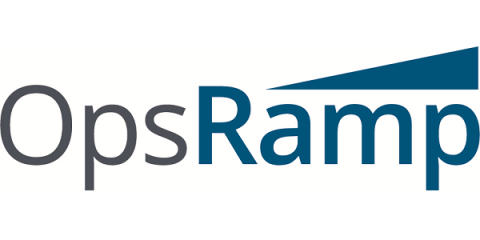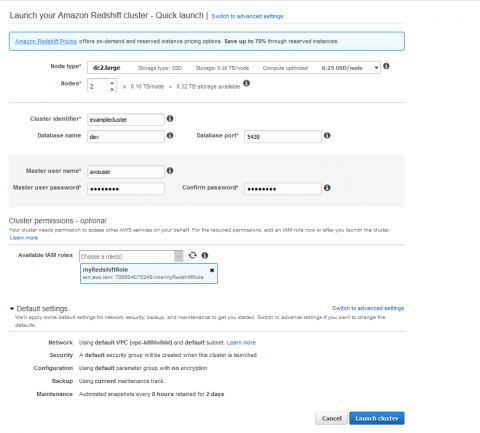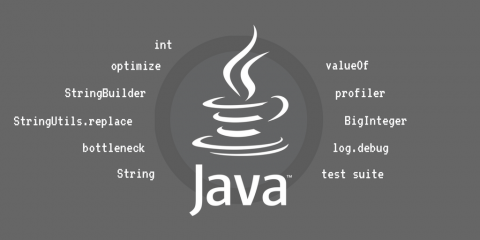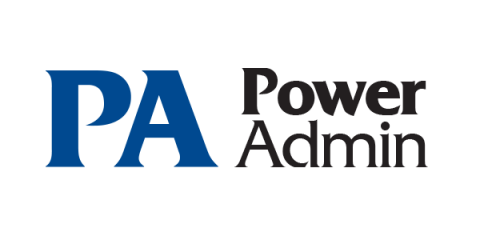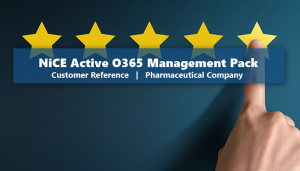What's the difference between the Mattermost and Slack Jenkins integration?
Did you know that you can accelerate DevOps workflows in Mattermost using our Jenkins integration? Jenkins is the world’s leading DevOps orchestration and continuous delivery tool. It’s used by more than 1 million people, including the Mattermost team. At Mattermost, our focus is on helping DevOps teams work faster together, and that’s exactly what our deep two-way integration between Mattermost and Jenkins does.




